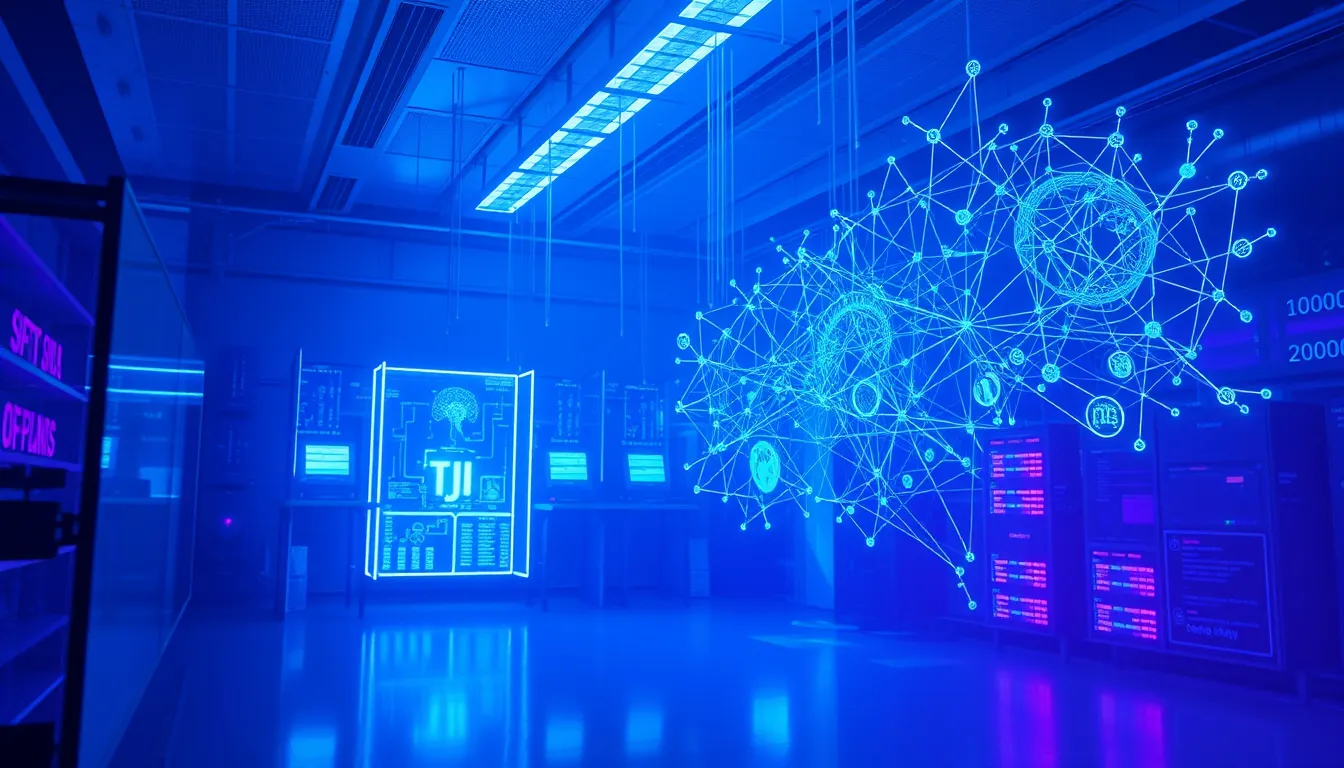Now Reading: Powerful AI in Healthcare Diagnostics: Boosting Patient Care
-
01
Powerful AI in Healthcare Diagnostics: Boosting Patient Care
Powerful AI in Healthcare Diagnostics: Boosting Patient Care

Powerful AI in Healthcare Diagnostics: Boosting Patient Care
The healthcare landscape is undergoing a revolutionary change as technology melds with medicine. One of the most transformative forces is AI in healthcare diagnostics. This technology is not only improving medical imaging and disease prediction but is also setting a new standard for patient care worldwide. In this article, we will explore how AI in healthcare diagnostics is defined, its applications, and the future potential that can lead to a healthcare revolution.
Unlocking the Power of AI in Healthcare Diagnostics
AI in healthcare diagnostics is at the forefront of modern medical advancements. Hospitals and clinics are now using sophisticated computer systems to analyze patient data with unprecedented precision. Artificial intelligence systems are capable of identifying complex patterns in diagnostic images and patient histories, which helps doctors make faster and more accurate decisions.
Key Benefits of AI in Healthcare Diagnostics include:
- Enhanced diagnostic accuracy through machine learning algorithms.
- Rapid analysis of medical images and patient data.
- Improved early detection of chronic conditions and diseases.
- Streamlined hospital workflows and resource management.
These benefits have resulted in better patient outcomes and reduced healthcare costs. As AI in healthcare diagnostics develops, the integration of these technologies into routine care is expected to increase efficiency and reliability.
How AI in Healthcare Diagnostics is Transforming Medical Imaging
Modern medical imaging techniques, such as MRI and CT scans, rely on advanced algorithms to interpret images accurately. AI in healthcare diagnostics offers improved accuracy by reducing human errors in image interpretation. With a data-driven approach, these algorithms can identify anomalies that might be overlooked by human eyes. As a result, radiologists and physicians can provide quicker diagnoses and more effective treatments.
Furthermore, as AI systems are continuously trained with new data sets, they learn to adapt and improve, hinting at a future where disease progression may be predicted with even greater precision. This is instrumental for early detection and preventive care, leading to faster recovery and reduced complications.
Enhancing Diagnostic Accuracy and Overcoming Challenges
One of the major areas where AI in healthcare diagnostics shows promise is in improving diagnostic accuracy. Traditional methods can sometimes yield ambiguous results, while AI technologies contribute to reducing uncertainties. Moreover, the integration of AI offers several critical advantages:
- Consistent quality in diagnostic results irrespective of workload.
- Real-time data processing, enabling immediate medical interventions.
- A systematic approach to identifying subtle indicators of disease progression.
However, as with any groundbreaking technology, there are challenges too. The implementation of AI in healthcare diagnostics requires careful integration, substantial investments in training for healthcare professionals, and robust data security measures to protect sensitive patient information.
A Closer Look at AI Disease Prediction and Future Trends
Beyond diagnostics, another promising area is AI disease prediction. By analyzing historical patient data and identifying genetic patterns, AI technologies can forecast potential disease outbreaks and individual patient risks. This proactive approach empowers healthcare systems to implement early intervention strategies.
For instance, some hospitals are already using AI-powered tools to predict patient readmission risks, ensuring that preventive measures are taken before conditions worsen. These innovative strategies will not only enhance individual patient outcomes but also reduce the overall burden on healthcare facilities.
Moreover, continued advancements in technology are expected to streamline these processes further. As digital health records become more integrated with AI systems, the future of personalized medicine looks more promising than ever.
Building a Reliable Ecosystem for AI in Healthcare Diagnostics
To successfully incorporate AI in healthcare diagnostics, collaboration among tech companies, healthcare providers, and regulatory bodies is crucial. This involves:
- Establishing industry standards for data security and privacy.
- Continuous training and upskilling of medical staff in AI applications.
- Investing in research and development areas to push technological boundaries.
Government and private sector partnerships play an important role in overcoming these challenges. For further insights on technology advancements, you might consider reading reputable sources like the official website of the U.S. Food and Drug Administration (https://www.fda.gov) or health technology updates from the World Health Organization (https://www.who.int).
Conclusion
As we move toward a future defined by technological innovation, AI in healthcare diagnostics remains a game-changing development in the medical field. The integration of advanced AI techniques in medical imaging and disease prediction is reshaping how healthcare professionals diagnose and treat illnesses. With improved accuracy, reduced diagnostic errors, and the promise of personalized medicine, the rise of AI in healthcare diagnostics is a sign of sustainable progress in patient care.
In conclusion, by embracing AI in healthcare diagnostics, medical professionals worldwide stand to benefit significantly, paving the way for a healthier, more efficient system that prioritizes patient outcomes and operational excellence. The journey is just beginning, and the potential of this technology is immense.
With careful implementation and continued innovation, AI in healthcare diagnostics will continue to be a beacon of hope for both providers and patients, symbolizing a future where technology and health merge to create groundbreaking solutions.

























